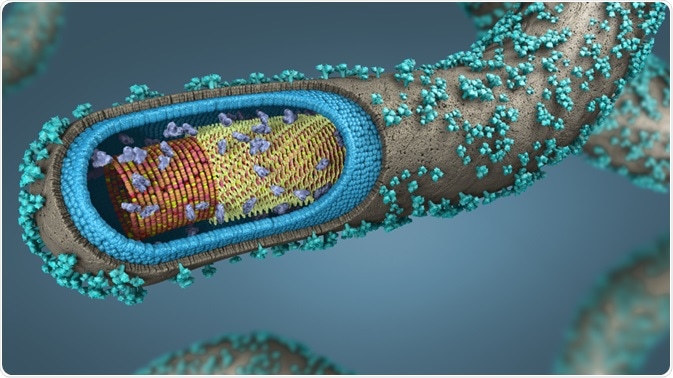ELISA versus Mass Spectrometry for the Detection of HCPs

Host cell proteins, or HCPs, are native proteins inside a cell that is being used for recombinant protein expression. HCPs can contaminate biopharmaceutical products, which can in turn reduce the effectiveness of the drug or cause patients to have adverse reactions. Their effective detection and quantification can be done using both ELISA and mass spectrometry.
 Christoph Burgstedt | Shutterstock
Christoph Burgstedt | Shutterstock
ELISA
Host cell proteins or traces of them can be found in final products of biologics. This include antibodies, antigens, peptides, and proteins. Such products can be frequently used for vaccines and treatment of serious conditions, such as cancer and diabetes.
ELISA is a common immunoassays used for HCP detection. ELISA stands for “enzyme-linked immunosorbent assay” and is based on using polyclonal antibodies that have been raised against the host cells being used in the fermentation process. ELISAs have dominated HCP detection tests as they can provide high throughput, high sensitivity and high selectivity. Furthermore, ELISA is simpler and economical compared to mass spectrometry.
ELISAs are capable of detecting most HCPs. However, because of the serious deleterious effect of HCPs, complete reagent coverage of 100% immunoreactivity is necessary to guarantee removal of all possible HCP impurities. But this cannot be achieved using ELISA.
The associated risk depends on ELISA reagent coverage and the probability of immunologically unreactive HCPs persisting downstream which can potentially be harmful. Furthermore, development of an ELISA assay can take as long as eight months.
Mass spectrometry
Mass spectrometry measures a range of parameters that is not possible with ELISA. With mass spectrometry, it is possible to identify even the low abundance HCP in addition to measuring the product impurity profile.
Mass spectrometry was only recently introduced as a viable alternative to ELISAs for HCP analysis, due to uncertainties surrounding the sensitivity and dynamic range required, in addition to reasonable time efficiency. Time of flight (ToF) tandem mass spectrometry is often used.
Mass spectrometry has been successful in detecting HCPs that have known effects on drug efficacy or patient safety and has been used to oversee the clearance of individual HCPs.
Comparison of ELISA and mass spectrometry
Studies show that mass spectrometry is more sensitive to low abundance HCPs, which may be missed by ELISAs. Furthermore, specific identification of the HCP present via the m/z peaks can help researchers and companies assess whether that trace HCP will affect patient health, learn more about efficient removal mechanisms, and which proteins are retained.
If a HCP is retained which can adversely affect patients, researchers or companies can decide whether or not it is necessary to optimize the purification process to remove the trace HCP, or if it can be kept with no deleterious effects.
While mass spectrometry is better in detecting a range of HCPs compared to ELISAs, the technique is disproportionately expensive. ELISAs can be carried out in standard laboratories, requiring ELISA kits, whereas a mass spectrometer is a large specialized piece of equipment.
Furthermore, analysis of mass spectrometry data is difficult to standardize and more effective when done by an expert rather than by software. Therefore, mass spectrometry may be complimentary to ELISAs, rather than a replacement.
Sources
- https://www.ncbi.nlm.nih.gov/pmc/articles/PMC5627587/
- sciex.com/…/host-cell-protein-analysis-mass-spec-s-edge-over-elisa
- https://labiotech.eu/sponsored/revealing-identity-hcp-sciex/
Last Updated: Apr 8, 2019

Written by
Sara Ryding
Sara is a passionate life sciences writer who specializes in zoology and ornithology. She is currently completing a Ph.D. at Deakin University in Australia which focuses on how the beaks of birds change with global warming.
Source: Read Full Article